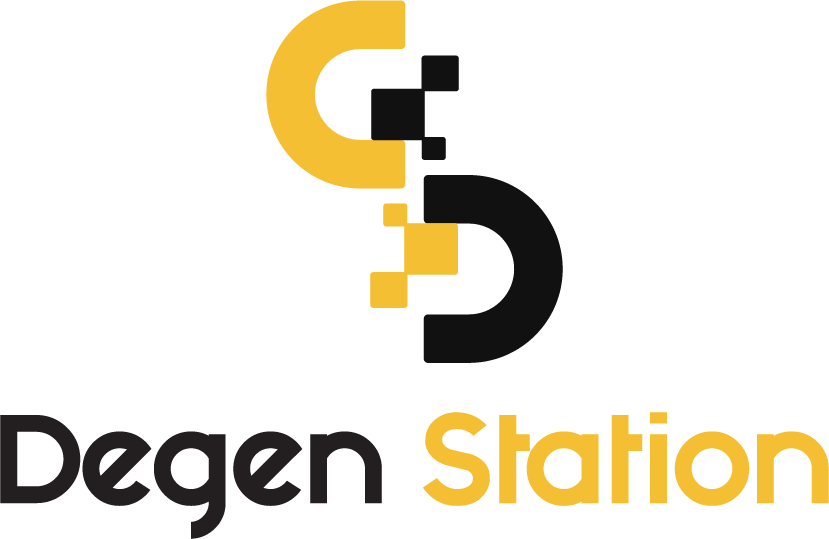Vitalik Buterin Shares Insights on Trade-Offs in Layer-2 Solutions

Vitalik Buterin recently published a blog post explaining the differences between various Layer-2 solutions, alongside notes on potential risks associated with their implementation.

Vitalik Buterin Shares Insights on Trade-Offs in Layer-2 Solutions
The blog begins with Vitalik Buterin summarizing the current state of the Layer-2 market. Specifically, he notes a trend where Layer-1 projects are transitioning to become Layer-2 solutions, followed by traditional applications migrating to blockchain. Lastly, there is a growing demand for decentralized development and security in everyday solutions like social networks and games.
Different types of layer 2shttps://t.co/ry4VTtWhJ1
— vitalik.eth (@VitalikButerin) October 31, 2023
Trade-Offs of Layer-2 Solutions
The Ethereum co-founder then compares the "gains and losses" of Layer-2 solutions such as Rollups and Validium against completely separate solutions (Disconnected).
It is easy to see the difference in approaches lies in Security and Cost to implement solutions. If no connection to the blockchain is required, costs will be very low; conversely, if higher security is needed, costs from proof and Data Availability will rise (typical in the case of Rollups).

To illustrate the trade-off between security and scalability (low cost), Vitalik Buterin presents a spectrum, with high-security needs on the left and application and low-cost needs on the right.
It is evident that applications related to assets, domains, and security will lean towards the left side of the spectrum, while games and non-financial platforms will require higher scalability.

Interaction with Ethereum Layer-1
In addition to discussing trade-offs, Vitalik emphasized the ability to interact with Layer-1 to ensure the network security of Layer-2.
The case Vitalik referenced involves Layer-1 experiencing block reversals (reverts), leading to forks, while Layer-2 anchors data and interacts with an older branch. This situation can occur when the network lacks sufficient Validators participating in validation (Finality). In May 2023, Ethereum's inability to achieve Finality consensus led to the network entering an Inactivity Leak state.
Read more: What is Single-slot Finality? What benefits does Ethereum gain from this approach?
To address this issue, Vitalik proposed two solutions:
- Only allow Layer-2 to read data from Finalized blocks.
- Improve Revert functionality for Layer-2 when Layer-1 reverts.
However, in his post, Vitalik Buterin also noted limitations with both approaches.
Bridge Contract Narratives
Finally, Vitalik shared insights into the approach of Bridge Contracts in Layer-2. The Ethereum co-founder argued that unilaterally deploying a bridge contract on Layer-1 would not secure independent chains and would be seen as a Validium.
Read more: DeFi Discussion ep.166: What are the differences between Ethereum at layer-1 and layer-2?
Accordingly, the above-mentioned bridge must address two issues: verifying the state transition process and continuously reading data from Ethereum.
However, like previous sections, the co-founder also pointed out that solutions to these two issues are not comprehensive. This is particularly evident in assumed scenarios such as:
- Ethereum undergoing a 51% attack
- Ethereum implementing hard fork upgrades
- Independent chains implementing hard fork upgrades
Conclusion
In conclusion, Vitalik addressed the two most critical aspects of Ethereum and its Layer-2 ecosystem: "The ability to safely withdraw assets to Layer-1" and "The ability to accurately read data continuously from Layer-2."
Overall, the blog provides an overview of the trade-offs between multiple extremes of each solution. Vitalik also recommends that projects continuously monitor infrastructure changes to make optimal choices that meet their needs.





